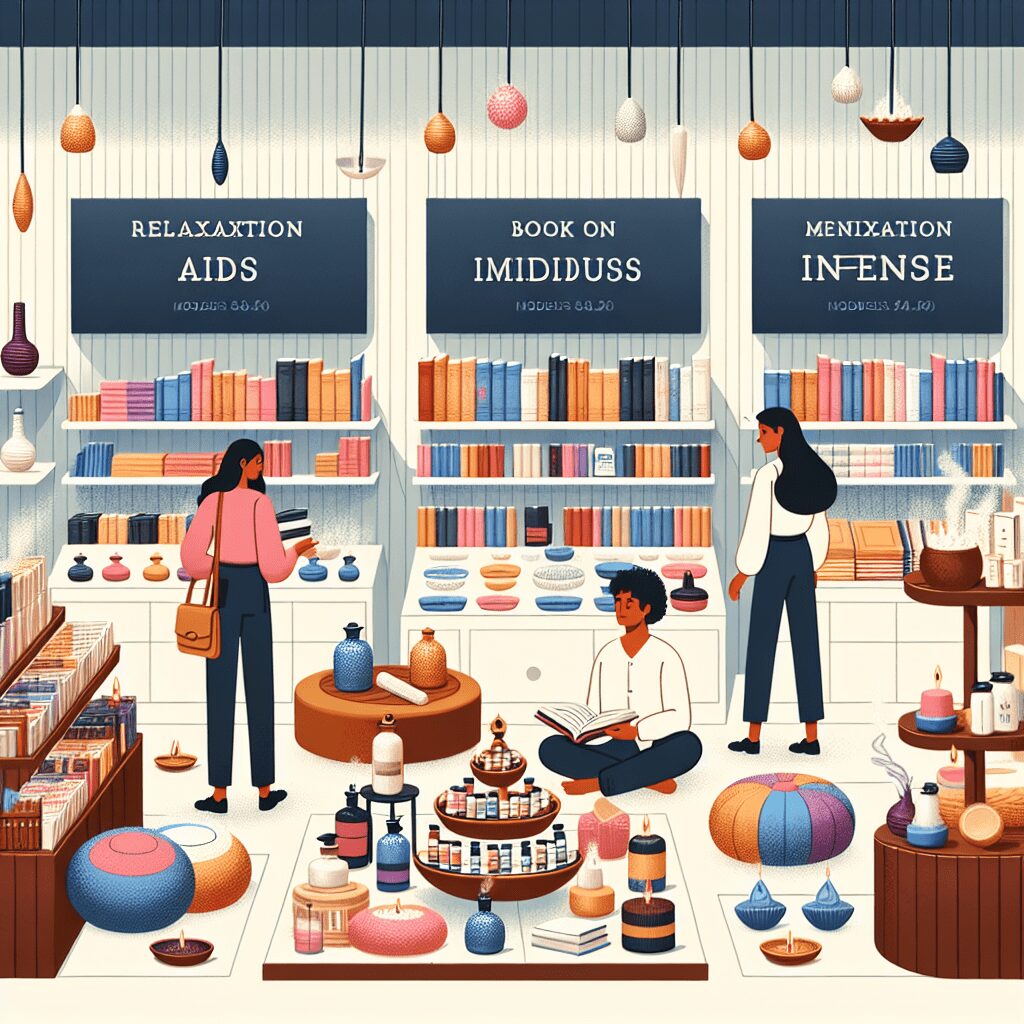
Prioritize your mental well-being daily. Enhance your life by nurturing your mental health with the Smart Meditation app. Break free from stress, alleviate anxiety, and enhance your sleep quality starting today.
How Does Antidepressants Help Depression?
Unlocking the Mystery: How Antidepressants Combat Depression
Navigating the maze of mental health can often feel like trying to find a light switch in the dark. At the heart of numerous treatment plans lies a widely discussed yet often misunderstood tool: antidepressants. But what exactly goes on under the hood? How do these chemical warriors battle the shadowy forces of depression?
The Science of Serotonin and Beyond
To understand the mechanism of antidepressants, it’s crucial to get down to the brass tacks of brain chemistry—a realm where neurotransmitters reign supreme. Among these, serotonin often steals the spotlight, tagged as the feel-good chemical. However, it’s a team effort, with norepinephrine and dopamine playing crucial roles in modulating mood and emotions.
Antidepressants, in essence, tweak the brain’s chemical communication lines. They’re like the tech-savvy wizards optimizing the network for better connectivity. The most common players, SSRIs (Selective Serotonin Reuptake Inhibitors), prevent serotonin from being too hastily absorbed by nerve cells. It’s akin to keeping the party going by not letting the music (serotonin) fade too quickly. SNRIs (Serotonin and Norepinephrine Reuptake Inhibitors) up the ante by ensuring both serotonin and norepinephrine stick around longer.
However, it’s not a one-size-fits-all deal. Other types, like Tricyclics and MAOIs (Monoamine Oxidase Inhibitors), throw their hats into the ring with different tactics. Tricyclics are like the bouncers at the door, regulating the flow of neurotransmitters, whereas MAOIs keep the breakdown process in check, ensuring neurotransmitters linger longer.
A Peek Behind the Curtain: The Effect on Brain Physiology
Now, you might be wondering, “But how does all this brain chemistry jazz truly help lift the fog of depression?” Well, the plot thickens as we delve deeper. Antidepressants, apart from their role as neurotransmitter traffic cops, also contribute to neurogenesis. This fancy term simply means the birth of new neural pathways.
Imagine your brain’s neural pathways as streets in a bustling city. Depression can be likened to roadblocks and potholes, disrupting the smooth flow of traffic. Antidepressants help repair these roads and sometimes even build new ones, facilitating smoother, more efficient travel of mood-enhancing chemicals.
This neural remodeling doesn’t happen overnight. It’s a slow cook, which explains why antidepressants often take a few weeks to show their magic. Patience, in this case, is not just a virtue but a necessity.
But here’s the kicker: antidepressants are not a silver bullet. They’re part of a broader strategy that might include therapy, lifestyle changes, and sometimes, a dash of trial and error to find the perfect concoction. It’s a holistic approach, acknowledging that the path to mental wellness is as unique as the individual treading it.
Navigating the Journey with Eyes Wide Open
Embracing the road to recovery with antidepressants requires a map, a compass, and an open dialogue with healthcare providers. Side effects can be the toll one pays for the passage, varying from mild nuisances to deal-breakers. Regular check-ins, honesty about side effects, and a sprinkle of persistence can pave the way to adapting the treatment plan for the best outcomes.
In essence, antidepressants unfurl a complex, intricate ballet at the molecular level, setting the stage for relief from the clutches of depression. They’re a testament to science’s quest to illuminate the shadows, offering hope and a fighting chance to those navigating the turbulent waters of mental health.
Remember, the journey towards mental well-being is a marathon, not a sprint. Armed with knowledge, support, and the right tools, it’s a race that can be run, with resilience and recovery waiting at the finish line.




